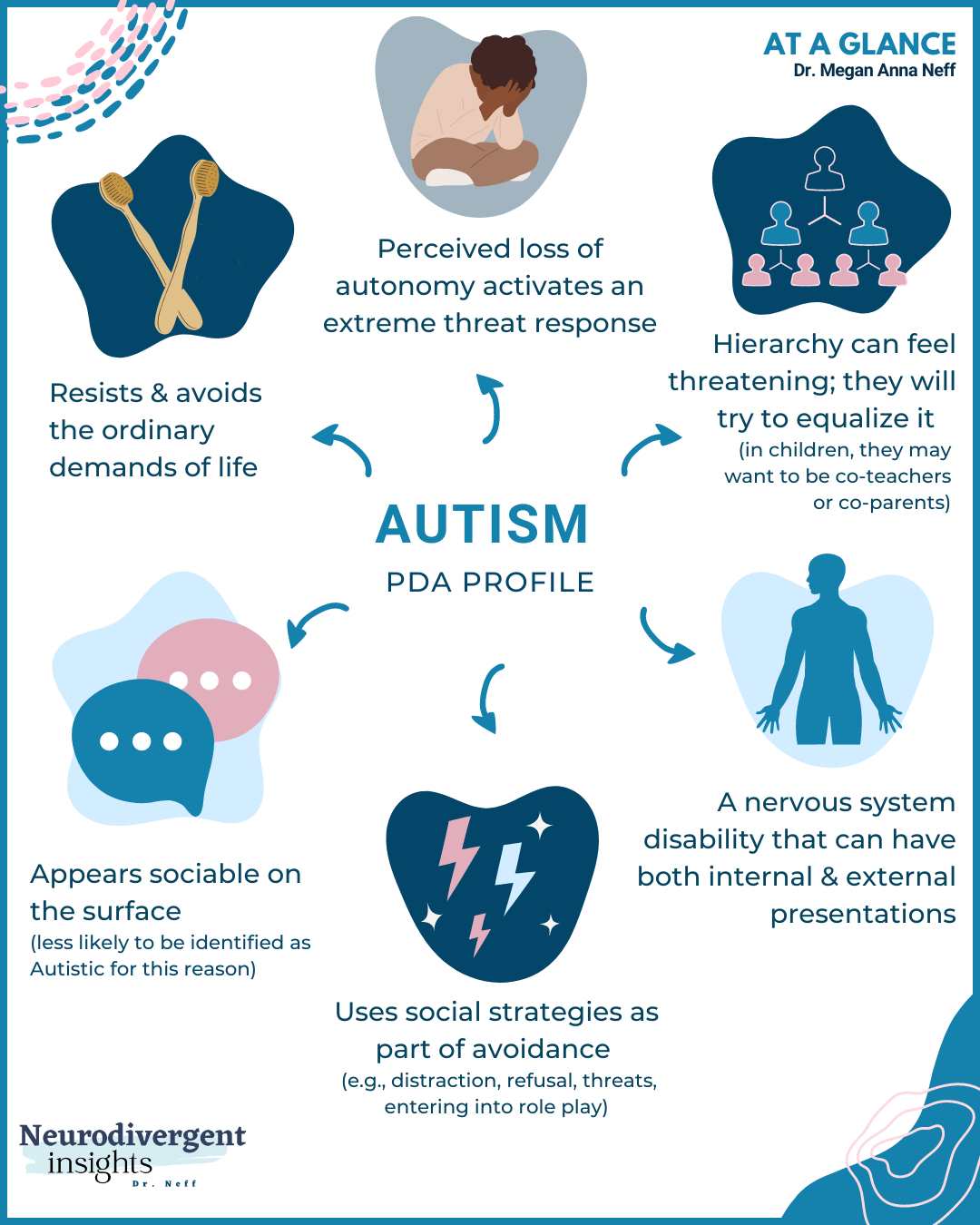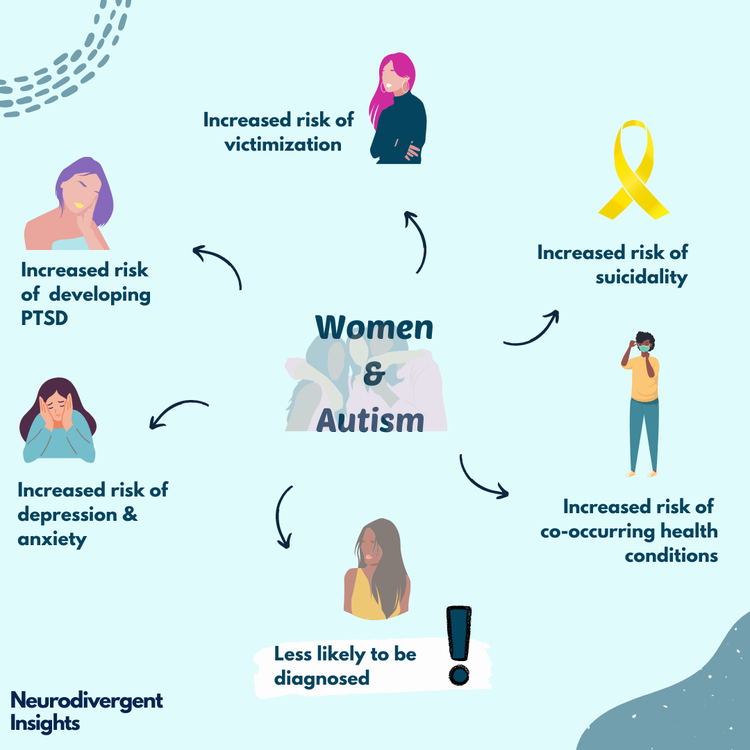Just How to Connect Properly with Enjoyed Ones on the Autism Range
Just How to Connect Properly with Enjoyed Ones on the Autism Range
Blog Article
Discovering Autism: Strategies for Efficient Interaction and Communication
Efficient interaction and interaction with people on the autism range demand a detailed understanding of their one-of-a-kind demands and preferences. The ins and outs of these approaches disclose more considerations that merit expedition, specifically in how they can be adapted to individual experiences and diverse contexts.
Recognizing Autism Range Condition
Autism Range Condition (ASD) incorporates a variety of neurodevelopmental problems characterized by challenges in social interaction, communication, and recurring habits. The term "spectrum" shows the diverse manifestations and differing degrees of severity experienced by individuals with ASD. While some might show significant impairments, others may present high-functioning qualities, permitting greater self-reliance in life.
The onset of ASD usually takes place in early youth, with indications often identifiable by age two. Very early indicators might consist of postponed speech development, restricted eye get in touch with, and troubles in understanding social hints. Although the accurate etiology of ASD continues to be uncertain, research study suggests a mix of genetic and environmental variables plays a critical duty in its advancement.
Individuals with ASD typically have distinct staminas, such as heightened interest to detail and remarkable memory skills. However, they may struggle with comprehending abstract ideas and handling adjustments to routine. Therefore, interventions and support tailored to individual demands are essential for cultivating communication and social skills. Identifying the intricacy of ASD is essential for promoting awareness, acceptance, and effective techniques that promote purposeful communications with individuals on the range.

Relevance of Clear Interaction
Effective interaction is important for cultivating understanding and connection, particularly for people with Autism Range Disorder (ASD) Clear communication not only promotes social communications but also boosts the person's ability to reveal their emotions, ideas, and needs. For people with ASD, the nuances of language can frequently be testing; as a result, making use of straightforward and unambiguous language is necessary.
Furthermore, clear communication helps in reducing irritation and anxiousness that might arise from misunderstandings. When messages are shared in a regular and straight way, individuals with ASD are better furnished to analyze info accurately, which can substantially enhance their social involvement and engagement in different settings.
Developing routines and utilizing aesthetic supports can further strengthen clear communication. These approaches provide individuals with foreseeable structures that help comprehension and retention of details. In addition, actively paying attention and being client during communications promotes a helpful atmosphere where people with ASD feel valued and understood.
Ultimately, prioritizing clear communication not just empowers people with ASD however also cultivates more meaningful connections with their peers, caretakers, and the larger community, leading the way for inclusive communications and collective partnerships. - autism
Non-Verbal Interaction Techniques
Interaction extends past words, and for people with Autism Spectrum Problem (ASD), non-verbal cues play a considerable function in communications. Non-verbal interaction methods can include facial expressions, motions, body language, and eye contact, every one of which work as essential elements for conveying objectives and feelings.
Understanding and translating these non-verbal signals can boost interactions with individuals with ASD. As an example, a cozy smile or open stance can produce a welcoming environment, motivating involvement. Using visual help-- such as photo cards or signs-- can link communication spaces and help share messages more successfully.
It is additionally crucial to be mindful of individual area, as people with ASD might have different comfort degrees regarding distance. Observing their reactions to physical nearness can notify appropriate adjustments.

Creating Supportive Settings
Creating a supportive setting is critical for promoting favorable interactions and enhancing the wellness of individuals with Autism Range Condition (ASD) Such atmospheres can substantially decrease anxiety and develop a sense of safety and security, enabling people to share themselves more openly.
To attain this, it is vital to consider sensory sensitivities that people with ASD may experience. Customizing the physical space to consist of soft illumination, marginal background sound, and comfortable seating can develop a calming atmosphere. In addition, utilizing regular routines and clear visual timetables can help people prepare for changes and minimize uncertainty, more advertising comfort.
Social areas need to be structured to reduce frustrating stimulations while giving opportunities for engagement in favored tasks. Promoting areas marked for quiet time can also work as a refuge during minutes of tension. Significantly, incorporating elements of selection encourages people, permitting them to work out agency in their setting.

Encouraging Social Communications
Fostering social communications among individuals with Autism Spectrum Condition (ASD) requires willful approaches that prioritize convenience and interaction. Establishing foreseeable regimens can help in click here for info reducing stress and anxiety, making social setups extra friendly. Developing structured environments with defined duties and functions permits people to involve without the overwhelming pressure of unstructured social dynamics.
Integrating rate of interests and staminas right into social activities can function as a driver for communication. For example, arranging team activities around shared leisure activities or topics of fascination can facilitate natural discussions and links. In addition, using aesthetic supports, such as pictorial timetables or social scripts, can assist in recognizing social hints and assumptions.
Modeling ideal social behaviors is essential - autism. Peers and adults ought to demonstrate effective interaction methods, including active listening and turn-taking. Role-playing scenarios can additionally offer a secure room for people to exercise these skills
Finally, cultivating peer connections with comprehensive methods is crucial. Urging comprehensive playdates or team outings can create possibilities useful site for socializing in a comfortable go to this web-site setting. By carrying out these caretakers, educators and techniques can substantially enhance social communications for individuals with ASD, advertising their total social advancement and health.
Final Thought
In conclusion, efficient communication and communication techniques are crucial for supporting people with Autism Spectrum Condition. Stressing clear language, incorporating non-verbal cues, and developing foreseeable routines substantially improve engagement and minimize anxiousness. Creating helpful environments promotes secure social communications, while urging shared passions facilitates purposeful links. Ultimately, these approaches equip individuals with autism to browse social landscapes, promoting their total wellness and making it possible for the growth of lasting connections.
Reliable communication and interaction with people on the autism spectrum require a detailed understanding of their one-of-a-kind demands and preferences. Clear communication not just helps with social interactions but likewise improves the individual's capability to share their demands, feelings, and thoughts.Fostering social interactions amongst individuals with Autism Range Condition (ASD) needs deliberate strategies that focus on convenience and involvement. By carrying out these instructors, methods and caretakers can significantly boost social interactions for individuals with ASD, advertising their total social development and wellness.
In verdict, reliable communication and communication approaches are vital for sustaining people with Autism Spectrum Condition.
Report this page